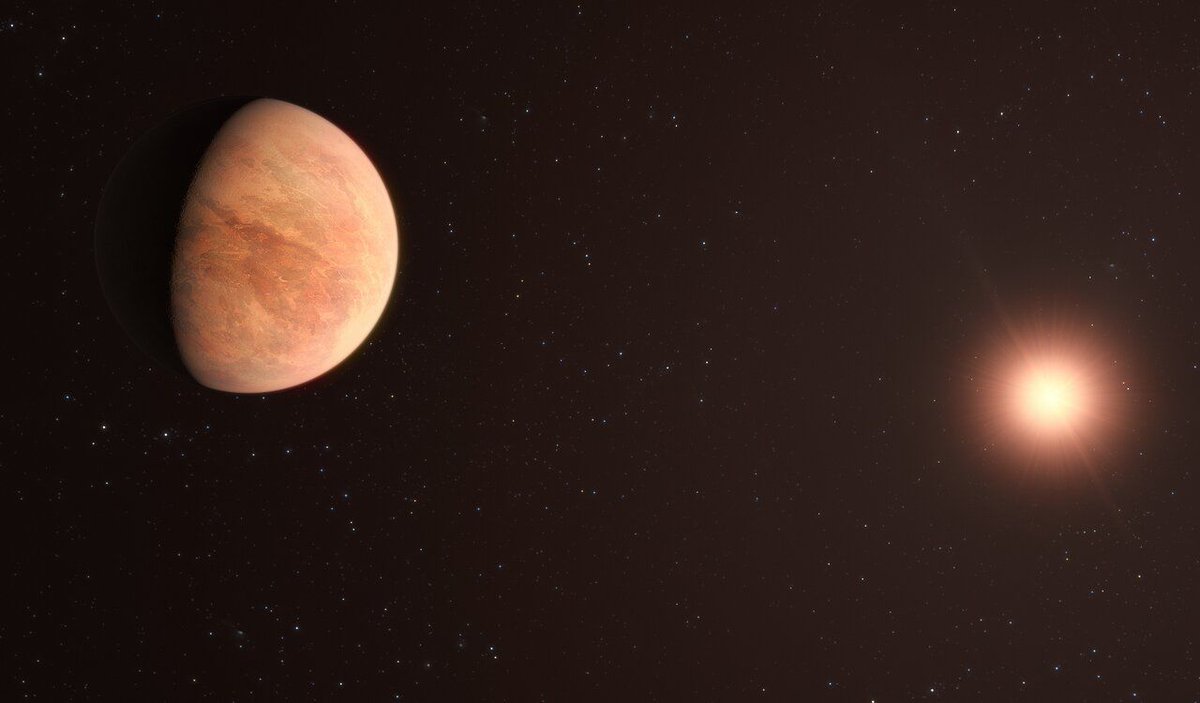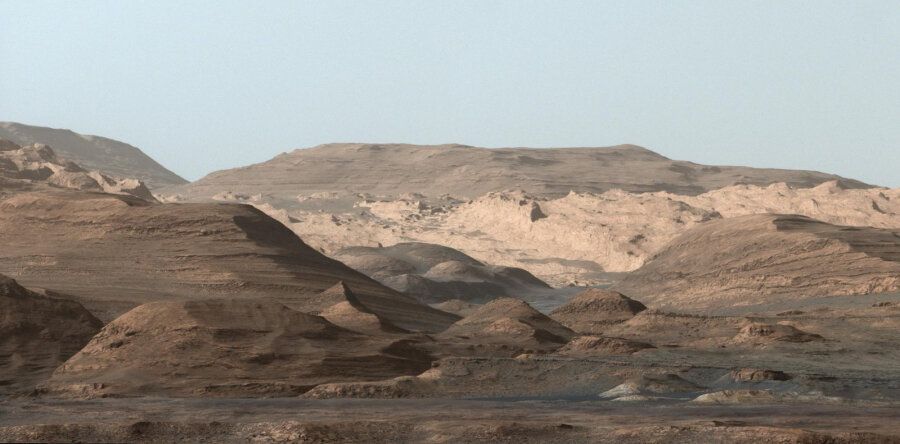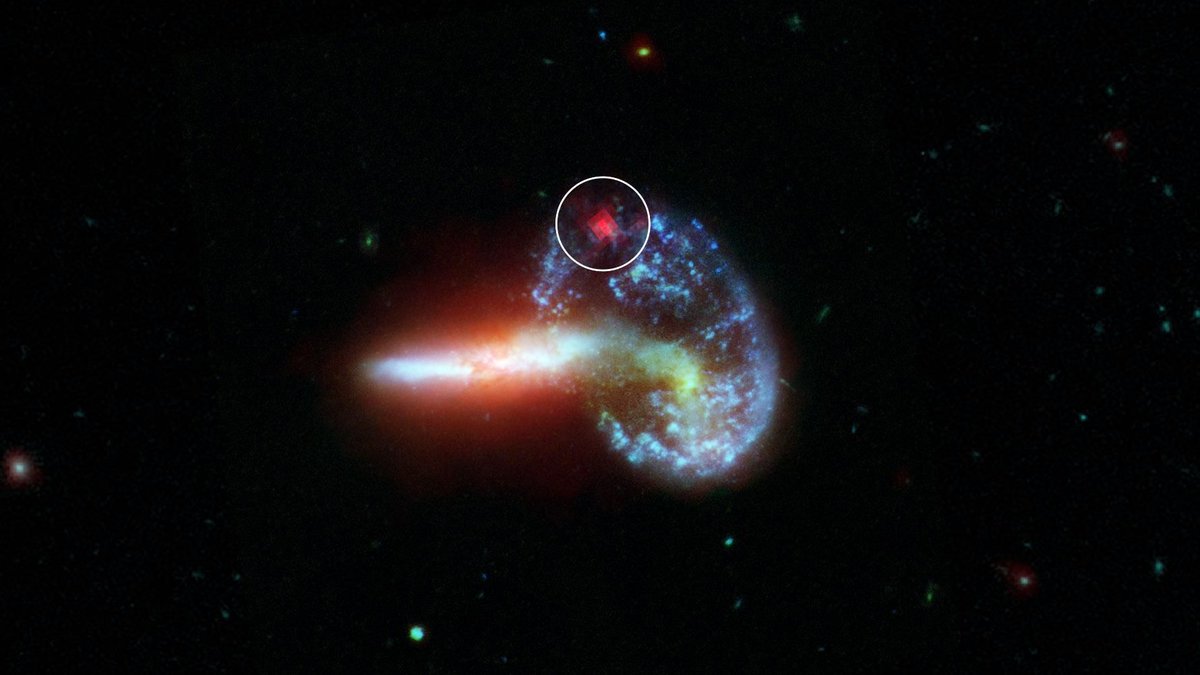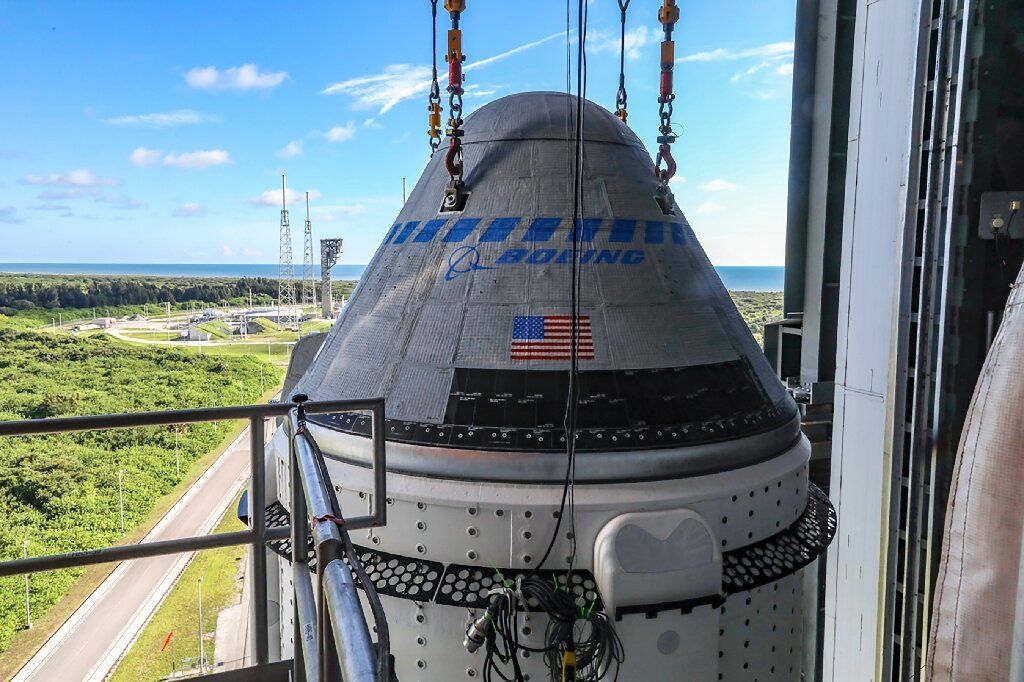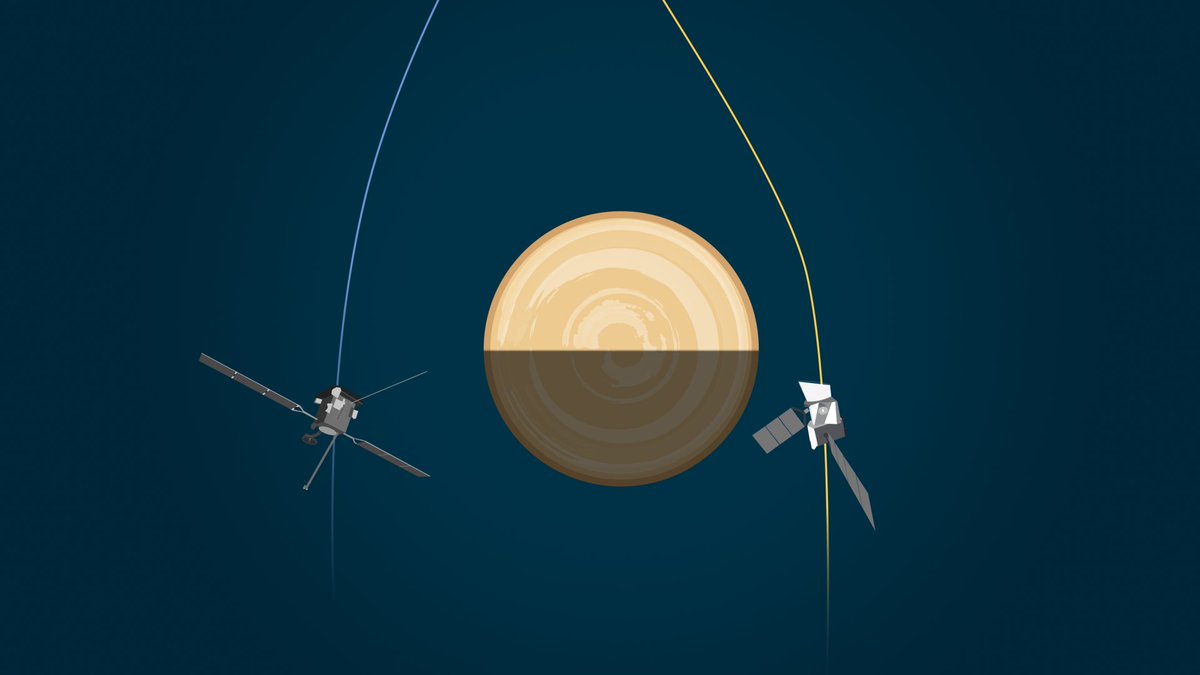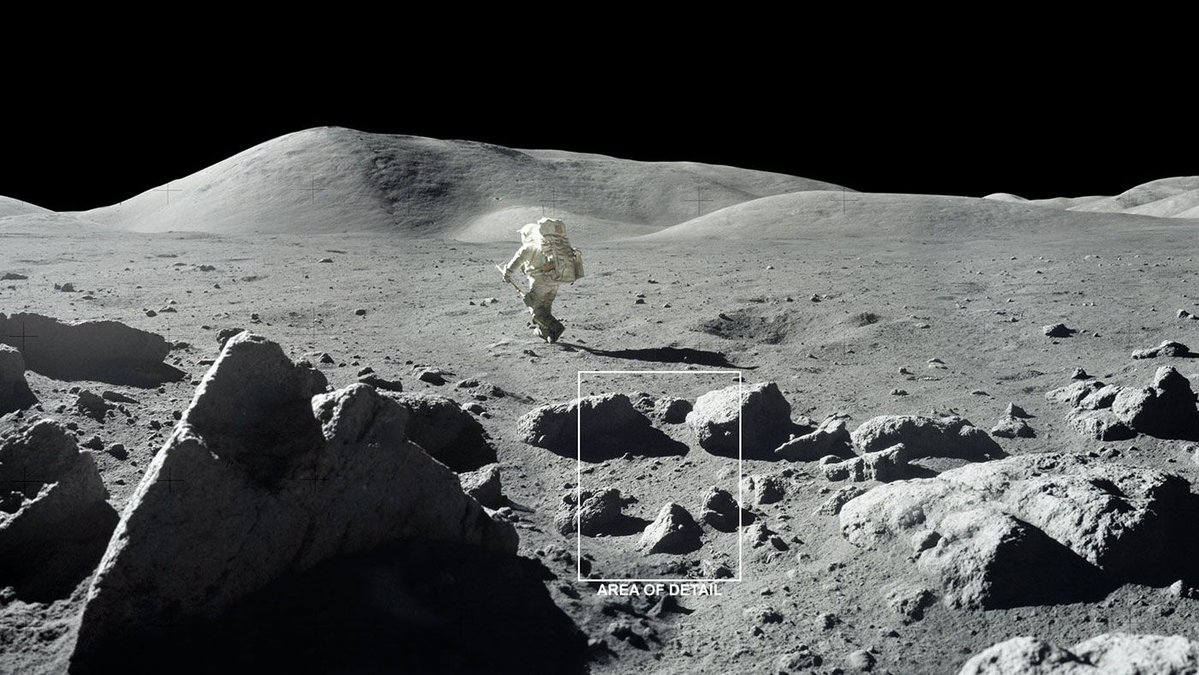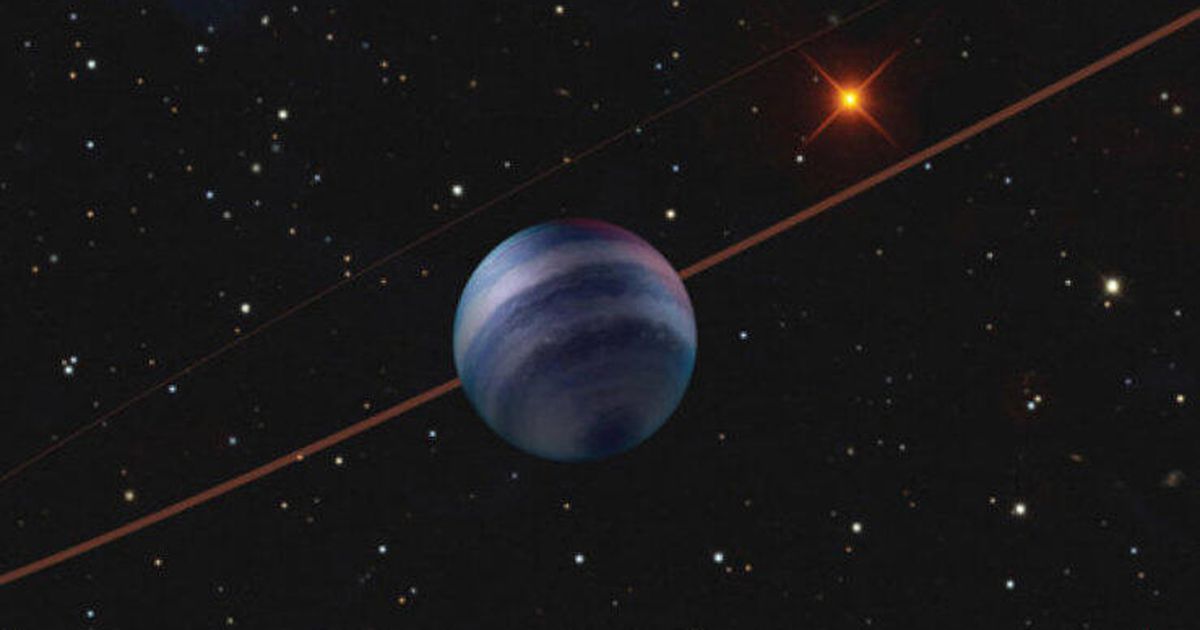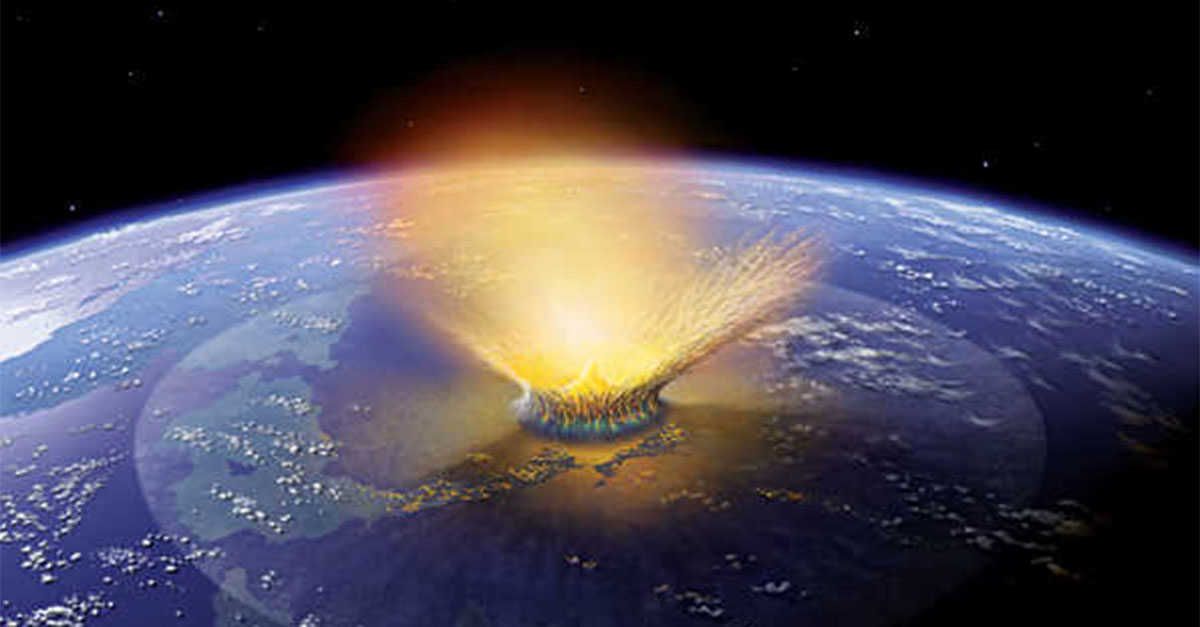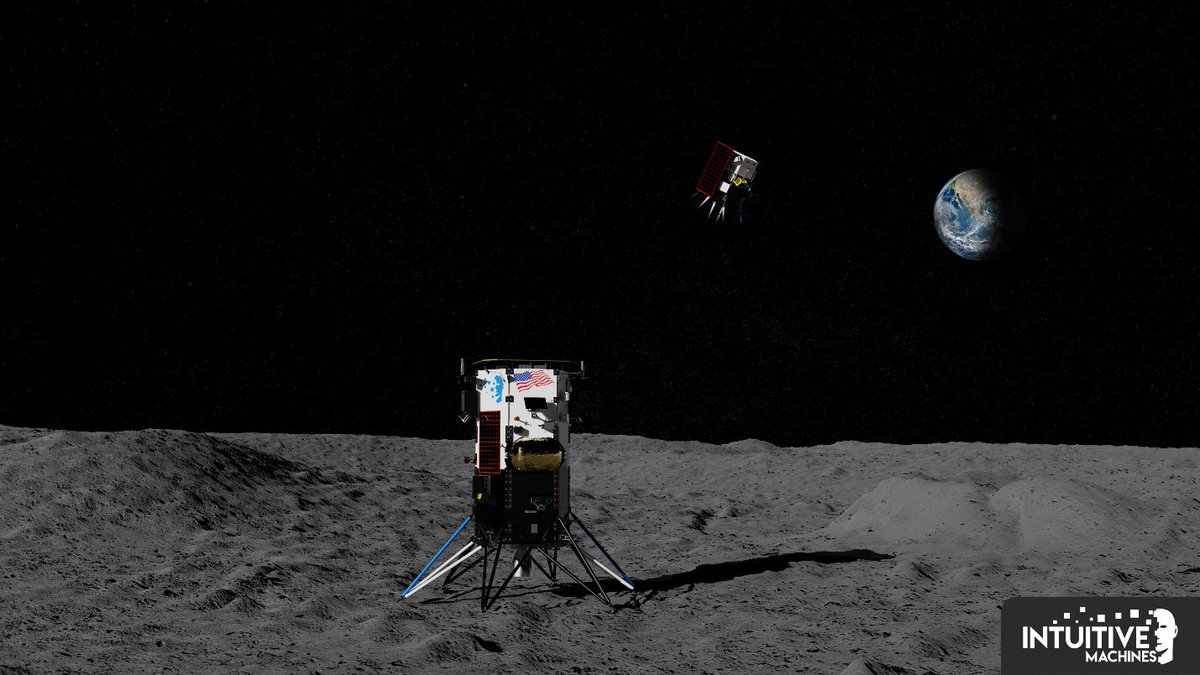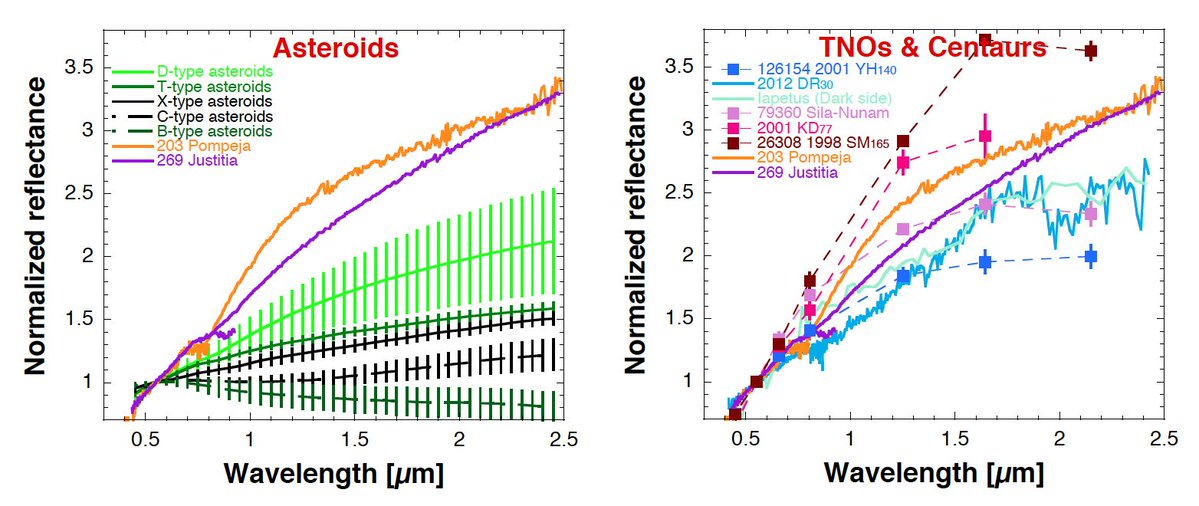When it comes to finding exoplanets, size matters, but so does weight. The larger and heavier the planet, the more likely they will be discovered by the current crop of telescopes. Both the techniques to find exoplanets and the telescopes using those techniques are biased toward larger, heavier planets. So when even the current crop of telescopes manages to find one that is about half the mass of Venus, it is cause for celebration. That is precisely the size of the planet a team from the European Southern Observatory’s Very Large Telescope has found orbiting a star called L98-59.
Continue reading “Rocky Planet Found With Only Half the Mass of Venus”Curiosity Might Not Be In An Ancient Lake At All
Photos can’t do some places justice – nor can any level of sophisticated remote sensing. That seems to be the case for Gale Crater. Curiosity has been wandering around the crater for almost the last nine years. Scientists thought Gale crater was an old lakebed, and it was specifically chosen as a landing site to allow Curiosity to collect samples from such a lakebed. But new research from scientists at the University of Hong Kong shows that most likely, the samples Curiosity has been analyzing during its sojourn didn’t actually form in a lake.
Continue reading “Curiosity Might Not Be In An Ancient Lake At All”It Turns out There Were Supernovae Exploding all Over, we Just Couldn’t see Them
When the poet Horace said “We are but dust and shadow”, he probably didn’t think that dust itself could create a shadow. But it can, and that shadow can obscure even some of the most powerful explosions in the universe. At least that’s the finding from new research from an international team using data from the recently retired Spitzer telescope. It turns out dust in far away galaxies can obscure supernovas.
Continue reading “It Turns out There Were Supernovae Exploding all Over, we Just Couldn’t see Them”Boeing Starliner Launch Scrubbed. No Idea When it Might fly
With all the news recently about relatively young rocket companies successfully flinging their founders and some actual astronauts into space, it might be surprising that the rocket company with the most experience of all still hasn’t gotten its flagship new rocket off the ground with people yet. And after yet another delay, there is now no firm date for the launch of Boeing’s Starliner.
Continue reading “Boeing Starliner Launch Scrubbed. No Idea When it Might fly”Two Spacecraft are Flying Past Venus, Just 33 Hours Apart
When Longfellow wrote about “ships passing in the night” back in 1863, he probably wasn’t thinking about satellites passing near Venus. He probably also wouldn’t have considered 575,000 km separation as “passing”, but on the scale of interplanetary exploration, it might as well be. And passing is exactly what two satellites will be doing near Venus in the next few days – performing two flybys of the planet within 33 hours of each other.
Continue reading “Two Spacecraft are Flying Past Venus, Just 33 Hours Apart”Shadows on the Moon Could be Hiding Water, Even in the Daytime
Shadows have been known throughout history to be excellent hiding places. They may even be hiding unexpected things off the Earth as well. According to a new NASA study, there might be water that moves from shadow to shadow on the moon – even in daylight.
Continue reading “Shadows on the Moon Could be Hiding Water, Even in the Daytime”Astronomers Find a Huge Planet Orbiting its Star at 6,000 Times the Earth-Sun Distance
Tracking exoplanets is hard – especially when that exoplanet is so far away from its parent star that the normally used “transit” method of watching it dim the light of the star itself is ineffectual. But it really helps if the planet is huge, and has its own infrared glow, no matter how far away from its star it might be. At least those properties allowed a team of scientists from the University of Hawai’i to track a particular exoplanet called (and we’re not kidding) Coconuts-2b.
Continue reading “Astronomers Find a Huge Planet Orbiting its Star at 6,000 Times the Earth-Sun Distance”Scientists Figure out how the Asteroid Belt Attacked the Dinosaurs
How do you track an asteroid that hit the Earth over 60 million years ago? By using a combination of geology and computer simulations, at least according to a team of scientists from the Southwest Research Institute (SwRI). Those methods might have let them solve a long-standing mystery of both archeology and astronomy – where did the asteroid that killed the dinosaurs come from?
Continue reading “Scientists Figure out how the Asteroid Belt Attacked the Dinosaurs”NASA is Going Ahead With a Hopping Lander to Explore the Lunar Surface
Methods of movement for robotic explorers of other worlds have been as varied as the worlds themselves. Some missions have been simple landers, some rovers, and now there’s even been a helicopter flight on Mars. But there is an unexplored hybrid mode of movement that will soon be coming to a Moon near you – hopping. NASA just granted an additional $41.6 million to support development of a hopping lunar lander that will explore the inside of craters that are permanently in shadow.
Continue reading “NASA is Going Ahead With a Hopping Lander to Explore the Lunar Surface”Two Bizarre red Asteroids Somehow Migrated From the Kuiper Belt all the way to the Main Asteroid Belt
If asked to pick what color asteroids in the asteroid belt would be, red is likely not one that would come to mind for most people. But that is exactly the color of two new asteroids found by Hasegawa Sunao of JAXA and an international team of researchers. The catch is the objects don’t appear to be from the asteroid belt at all, but are most likely Trans-Neptunian objects that were somehow transported into what is commonly thought of as the asteroid belt. How exactly they got there is still up for debate.
Continue reading “Two Bizarre red Asteroids Somehow Migrated From the Kuiper Belt all the way to the Main Asteroid Belt”
